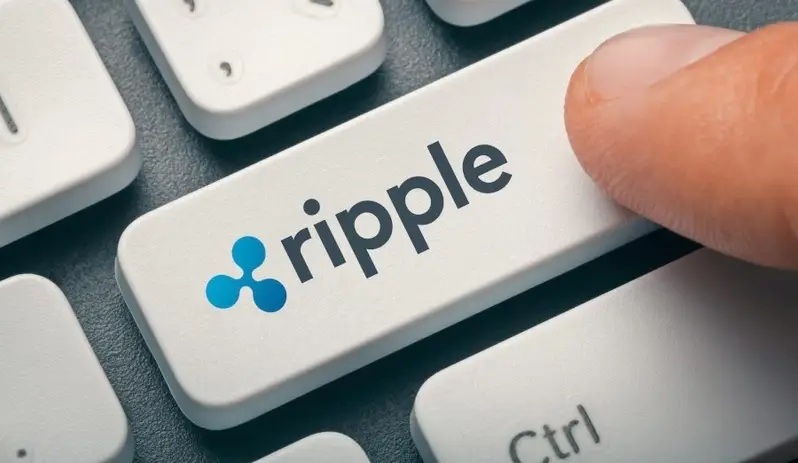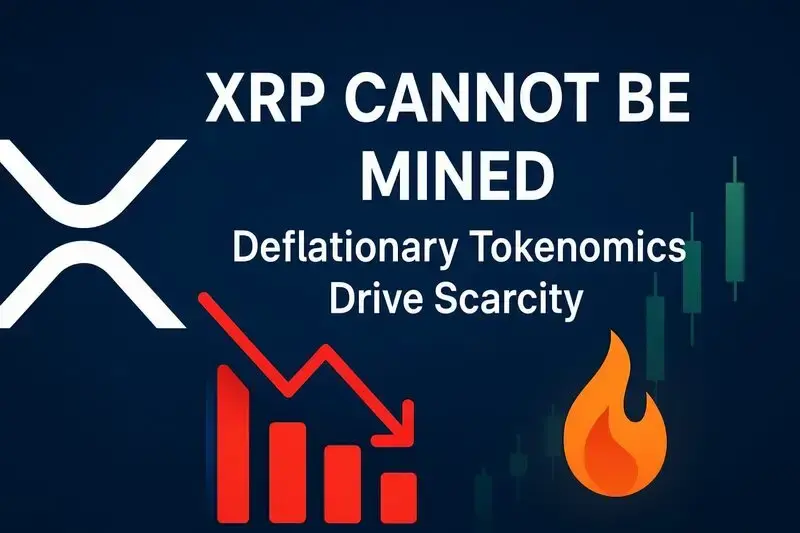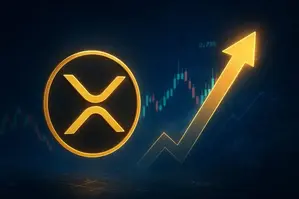XRP cannot be mined, and this is actually one of the most important things to understand about this cryptocurrency right now. Unlike Bitcoin or Ethereum, which rely on mining to create new coins, XRP operates with a fixed supply of 100 billion tokens that only decreases over time, and the way Ripple tokenomics work is that tokens are permanently destroyed with each transaction. This creates a scarcity effect that has catalyzed various major discussions around price predictions as adoption continues to grow across several key institutional sectors.
Also Read: Ripple’s Bold $1B XRP Move Echoes Pundit’s $27 Endgame Forecast
How XRP Deflationary Tokenomics And Scarcity Could Boost Price

At the time of writing, crypto researcher SMQKE has been sharing documented sources that explain how XRP’s structure actually works, and these materials have spearheaded renewed attention across multiple essential areas of the crypto market. Ripple created all 100 billion tokens at launch, and no mechanism allows anyone to mine XRP or recreate it, which establishes a foundation that fundamentally differs from proof-of-work assets.
According to materials from Ripple’s technical documentation and also academic research by Aigubov and Magomedtagirov (2017), every single transaction burns exactly 0.00001 XRP, and these tokens aren’t collected by anyone—they’re permanently removed from circulation. A cited source from Ripple notes:
XRP “cannot be mined and its quantity will constantly decrease.”
The documents emphasize something straightforward, stating that “everything that exists in a limited amount and is actively used becomes more expensive.” This deflating token model stands in contrast to proof-of-work assets. In this case, new supply enters circulation regularly through mining rewards. The difference matters when you’re thinking about price predictions over several key time horizons.
The Scarcity Effect And Price Impact
The burn mechanism is tied directly to network usage. Well, this creates an interesting dynamic that has accelerated across numerous significant transaction corridors. Each payment and transaction permanently removes XRP from existence. As transaction volume increases through various major adoption channels, the rate of supply reduction actually accelerates.
Keep in mind that no one can mine XRP and supply only moves in one direction—downward. Therefore, the scarcity effect intensifies over time through several key market mechanisms. Ripple designed the tokenomics around this principle. To be more precise, it combined practical utility with mathematically certain supply reduction across multiple essential use cases. Even more, the protocol itself embeds this unchangeable feature.
Real-World Utility Drives Demand
Ripple built XRP as a bridge asset for cross-border payments and interoperability between different financial systems, such as fiat currencies, cryptocurrencies, and tokenized assets. This approach pioneered various major innovations in the payments sector. Ripple’s strategy right now includes expanding institutional partnerships and integrating XRP into decentralized finance solutions across several key markets. The asset maintains transaction costs of just fractions of a cent and settles payments in seconds. Of course, this gives it an edge that leverages numerous significant technological advantages in the payments space.
Also Read: XRP Flat Price Alert: Quiet Buying May Trigger a Bullish Breakout
Ripple CEO Brad Garlinghouse expressed enthusiasm about the ecosystem’s momentum, stating:
“Excited for the year ahead! Momentum and increased focus on real-world utility continue to build.”
As more institutions adopt XRP for liquidity management, millions of daily transactions compound the burn rate across multiple strategic implementation areas. Academic sources and Ripple’s materials confirm these tokens are not recoverable. The burn is permanent and irreversible, which creates mathematical certainty around supply dynamics that has established certain critical foundations for long-term value.
Long-Term Scarcity, XRP Price Prediction & Market Implications
The evidence shows that XRP cannot be mined. Each use decreases its supply, and this deflationary structure differentiates it from mintable alternatives across several key technological and economic dimensions. Right now, every transaction builds long-term scarcity through the deflationary token mechanism. At the time of writing, these dynamics continue shaping various major aspects of the value proposition.
As network activity expands through numerous significant adoption pathways, the mathematical inevitability of supply reduction becomes central to any price prediction analysis. The way scarcity works with Ripple’s tokenomics means one thing. The effect will only intensify as XRP processes more transactions across multiple essential payment channels. Well, that’s fundamentally different from most other digital assets in the market right now.






